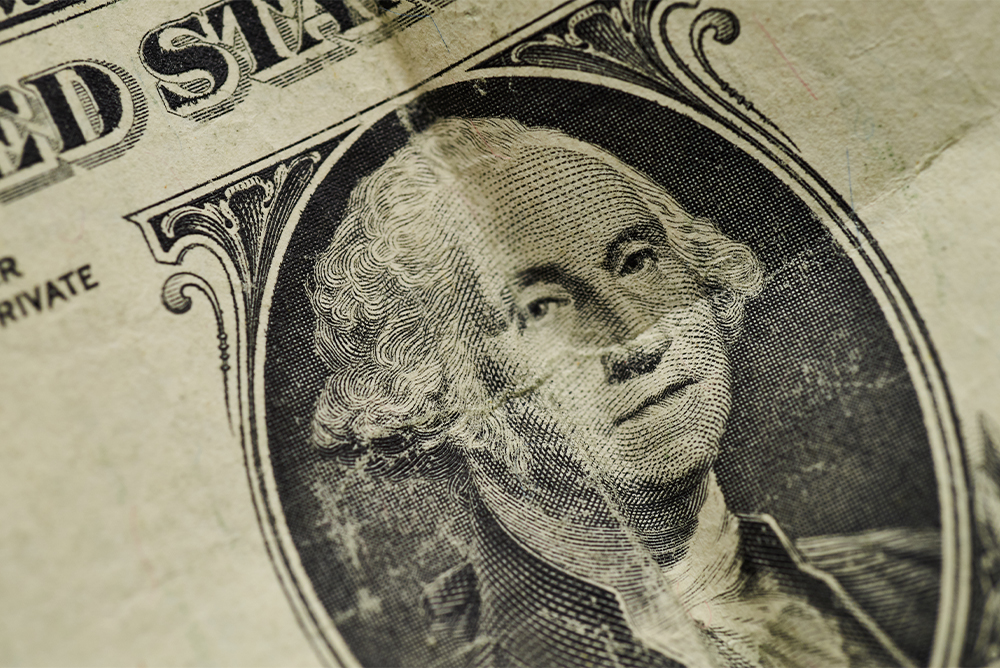
Democratic Action Funds would set aside money that democracies now spend on elections and legislative operations, and use it instead to fund the democratic efforts of regular people. Columnist Joe Mathews explains. Public domain.
In this time of rising polarization, authoritarian populism, and maddening big-money politics, leaders often say that it’s up to we the people to save democracy.
But democracy costs money. And democracy—unlike the governments and special interests that seek to control it—has no budget. So how are you and I supposed to pay for all that democracy-saving?
There’s a new and practical answer to that question—called “Democratic Action Funds.”
I first heard a proposal for these from Marjan Ehsassi, a non-resident future of democracy fellow with the Los Angeles-based Berggruen Institute, at a democracy conference I ran in Mexico City.
Ehsassi has studied some of the world’s least democratic places—Iran, Cuba, and North Korea. But in recent years she has turned her attention to backsliding democratic societies, including the United States, where big majorities of people tell pollsters that they have no real voice or power in government. As a result of feeling powerless, more of us are disengaging from political processes and civic life.
To get people reconnected, Ehsassi and other experts have embraced innovations to give everyday people consequential voice. Among the most promising are innovative deliberative bodies that empower regular people—rather than elected officials—to study an issue and make consensus policy proposals. These bodies are sometimes called citizens’ juries, citizens’ assemblies, or reference panels. I met Ehsassi last summer in Petaluma, in Sonoma County, where she was evaluating the first-ever citizens’ assembly in California.
There have been hundreds of such assemblies around the world—examining everything from snowmobile use in Finland to land-use decisions in Japan. And they’ve often produced significant changes—from the legalization of abortion in Ireland, to new urban plans in cities from Bogota to Brussels. But the practice is still rare, and growth of any democratic innovation is slow—mainly due to the cost of trying something new.
Which is where Democratic Action Funds would come in.
The idea—from Ehsassi and her colleague Peter MacLeod, founder of a Toronto-based public participation organization called MASS LBP—is straightforward: set aside a small slice of the billions of dollars that mature democracies now spend on things like elections and legislative operations, and use that money to fund the democratic efforts of regular people.
Under Ehsassi and MacLeod’s proposal, as offered in Mexico, any jurisdiction that conducts elections would allot 5% of the money it spends on elections and legislative operations to the new funds. Why 5%? That’s about what most industries spend on research and development.
Democratic governments at any level—local, regional, national—could establish such funds. Each fund would be a trust, with monies collected from the government but administered by an independent secretariat.
Most of the fund’s money would go out in grants, for which governments, agencies, companies, NGOs, or others would apply. Under Ehsassi’s plan, a randomly selected group of citizens, not the fund’s administrators, would evaluate and choose which proposals get funded.
The money would be used to support citizens’ assemblies and other “high-quality participatory and deliberative initiatives” that directly involve everyday people in policy reform and addressing public questions. The fund would also set aside a slice of the money for training people involved in these processes, for monitoring and evaluation, and for research and development of best practices in the field.
In the United States, the total cost of the fall 2022 election was $16.7 billion. Five percent would give the country a modest, but significant, Democratic Action Fund of $835 million, enough to inspire a range of democratic innovations in every state.
In California, where an election can cost $300 million to run, a state-level Democratic Action Fund would receive $15 million annually. Such a fund could offer 60 grants of $250,000 every year. Ehsassi anticipates the funds sharing costs with the jurisdictions in which projects take place.
A program like this would involve thousands of Californians directly in democratic innovation and government decision-making. Research shows that such participation improves civic and democratic skills, and engagement, of the everyday people who participate. People learn that complex issues don’t have easy answers, and that the democracy work of representing your fellow citizens is quite difficult, and deserves respect.
Ehsassi stresses that these public participation platforms “are not progressive or conservative. Citizens’ assemblies are citizen-centric, put the public back in policy, and are healthy complements to our representative systems of government.”
In other words, Democratic Action Funds could make people, and our culture, more democratic—and an inexpensive way to help us, the people, save democracy.




Send A Letter To the Editors